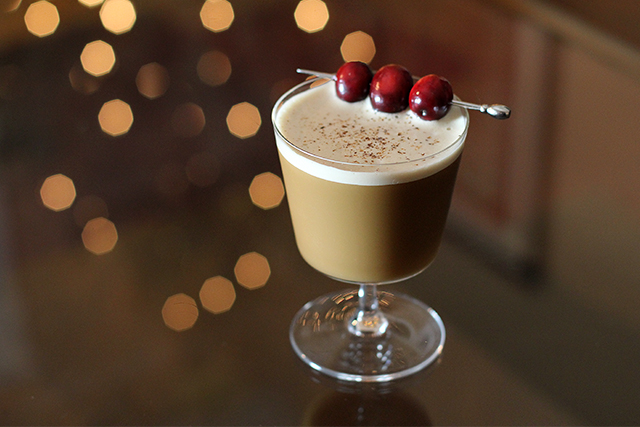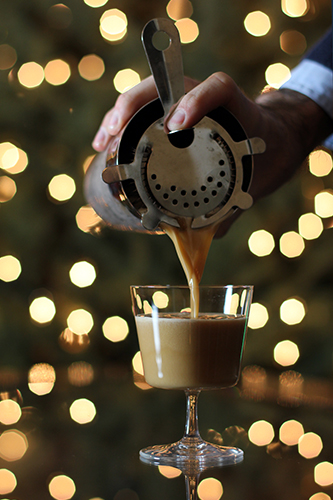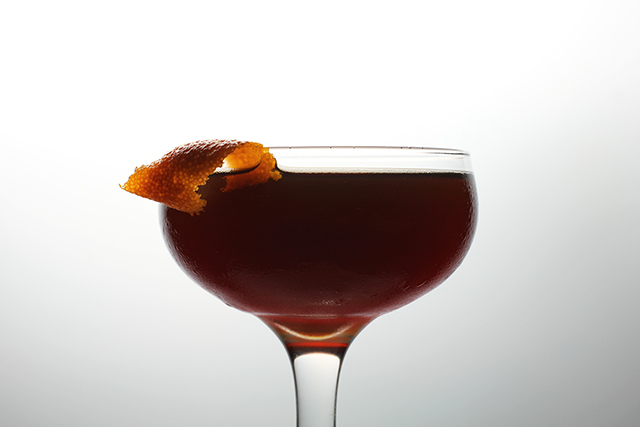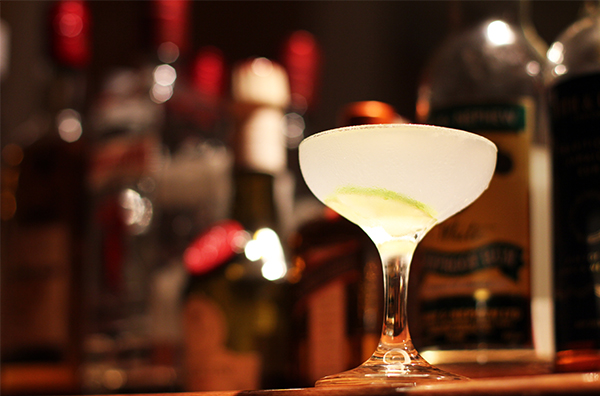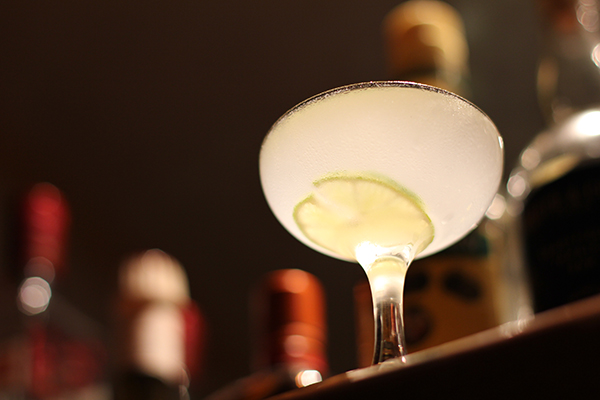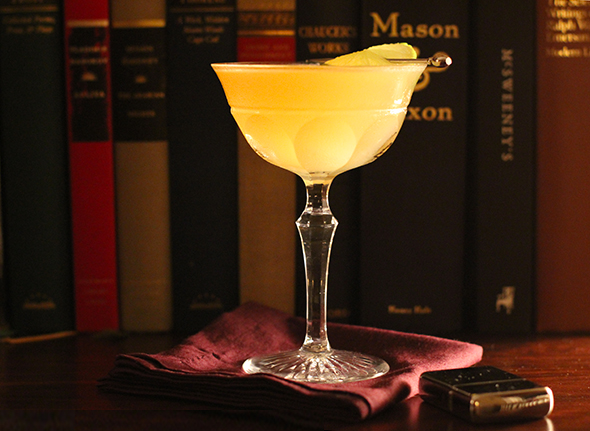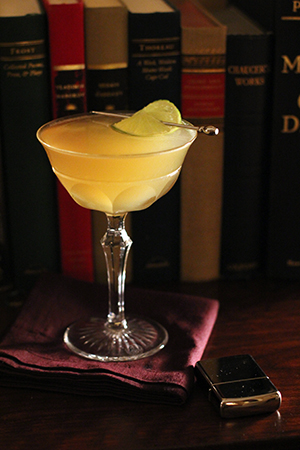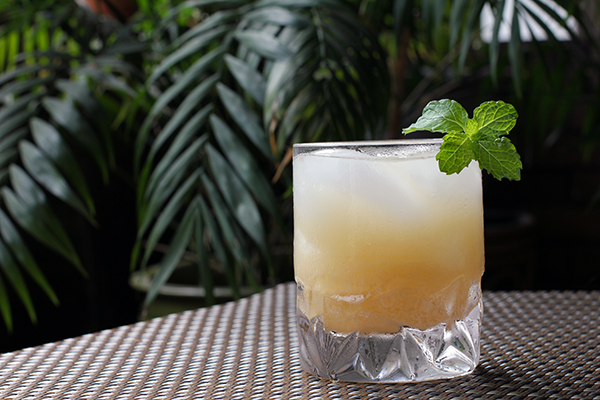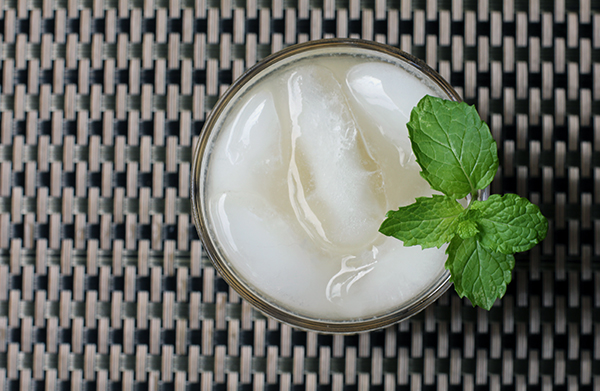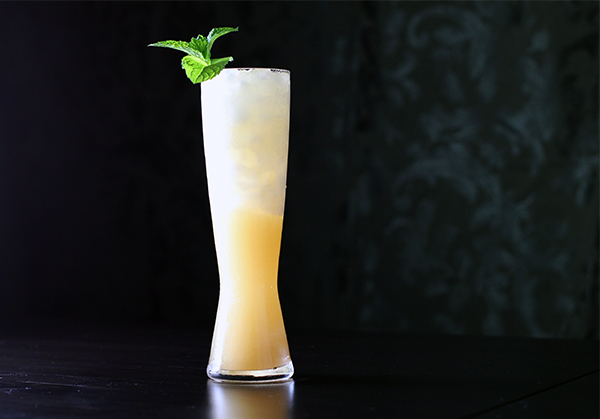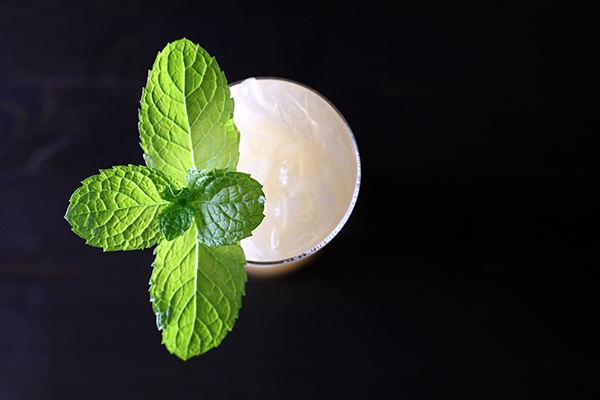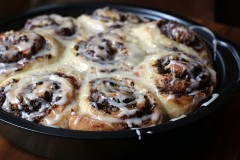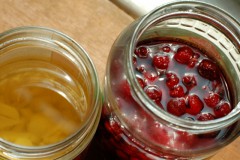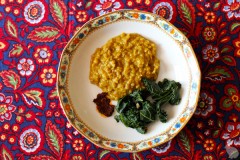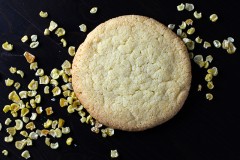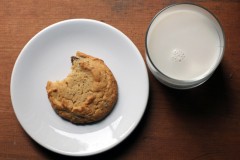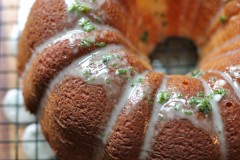Popularized in the late 1990s thanks to an episode of Seinfeld, the “holiday” known as Festivus is now celebrated in varying degrees of seriousness throughout the world. Conceived by writer Dan O’Keefe as an alternative to the over-commercialization of Christmas, it has somewhat ironically bred quite an industry of its own.
The symbol of Festivus is a bare aluminum pole, an icon chosen for its stark contrast to the traditional highly decorated Christmas tree. During the holiday, the pole is displayed unadorned and praised for its “high strength-to-weight ratio.” Among the holiday’s traditions is The Airing of Grievances—a ritual during which each member of the family tells the others all the ways in which they have disappointed them throughout the year—and The Feats of Strength. Traditionally, this is where the head of the household challenges another participant in the celebration to a wresting match. Festivus is said to reach its conclusion once the head of the household is pinned to the floor.
I created this drink to contribute to the surprisingly small number of Festivus-themed cocktails; to be able to offer up something egg nog-ish but a little more quirky to holiday guests this year; and, of course, to make use of one of The Brewer’s Art‘s finest seasonal brews. What does it taste like? A Festivus Miracle, of course!
St. Festivus Flip
3 oz. Brewer’s Art St. Festivus Ale
1 oz. Cruzan Black Strap Rum
1/2 oz. Grade B Maple Syrup
1 Whole Organic Egg
Cranberries and grated nutmeg for garnish
Combine the beer, rum, and maple syrup in a mixing glass. Swirl to decarbonate the beer. Add the whole egg and dry shake for 15 seconds to allow the egg to emulsify. Add ice, shake, and strain into a chilled fizz glass. Grate the nutmeg over the top of the drink and garnish with three cranberries.

